The Mighty Metal Shredder: Transforming Scrap into Sustainable Resources
In the bustling heart of recycling yards and scrapyards, a colossal force reigns supreme: the metal shredder. Far more than just a destructive machine, this industrial titan is a sophisticated cornerstone of modern recycling and resource recovery, turning mountains of discarded metal into valuable, reusable commodities. Imagine a machine capable of devouring entire cars, obsolete appliances, structural steel, and industrial waste. That's the power of a primary metal shredder. At its core lies a massive, high-torque rotor, spinning at tremendous speeds. Attached to this rotor are rows of incredibly durable, free-swinging hammers – often made from specialized, wear-resistant alloys. As scrap metal is fed into the shredder's chamber (typically via conveyor belts), these hammers deliver devastating, repeated impacts. Metal is torn, sheared, and pulverized against heavy-duty breaker bars lining the chamber walls. The result? Large, unwieldy objects are reduced to fist-sized or smaller fragments, known as shredded scrap or "frag." This dramatic size reduction is crucial. It liberates different materials trapped within complex items (like copper wiring from a car) and creates a uniform feedstock essential for efficient downstream processing. But the shredder's job isn't done after the initial fragmentation. The shredded material undergoes a sophisticated separation process: 1. Ferrous Magnet: Powerful overhead magnets effortlessly extract iron and steel fragments (ferrous metals), which form the bulk of most scrap. 2. Non-Ferrous Separation: Advanced technologies like eddy current separators then spin off valuable non-ferrous metals like aluminum, copper, brass, and zinc. 3. Residue Handling: The remaining non-metallic residue ("fluff" – plastics, rubber, foam, glass, dirt) is either landfilled or increasingly processed for further resource recovery or energy generation. Why is shredding indispensable? * Volume Reduction: Shredding drastically compacts scrap, saving massive storage and transportation costs. * Material Liberation: It frees different metals and materials bound together, enabling efficient recycling. * Market Value: Clean, separated shredded metal fetches significantly higher prices than mixed, unprepared scrap. * Environmental Imperative: Metal shredding is fundamental to the circular economy. It conserves natural resources (ore, energy, water) and drastically reduces landfill waste and mining impacts compared to virgin metal production. Modern metal shredders are feats of robust engineering, equipped with sophisticated monitoring systems, safety features, and noise/dust suppression technologies. From the humble car destined for rebirth as new steel beams to the obsolete refrigerator yielding its valuable copper coils, the mighty metal shredder stands as a powerful, essential force – not just tearing metal apart, but meticulously transforming yesterday's waste into tomorro...
Read More


 Address : Mingjue Industry Park, Lishui District, Nanjing City, Jiangsu Province
Address : Mingjue Industry Park, Lishui District, Nanjing City, Jiangsu Province

 français
français русский
русский español
español العربية
العربية 日本語
日本語 Tiếng Việt
Tiếng Việt 中文
中文





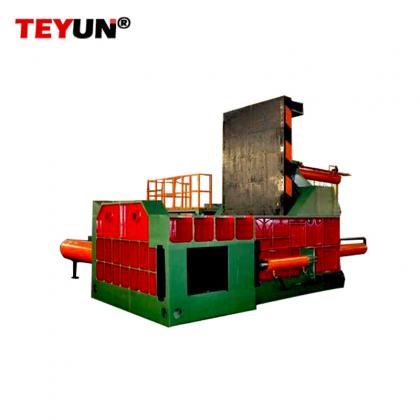
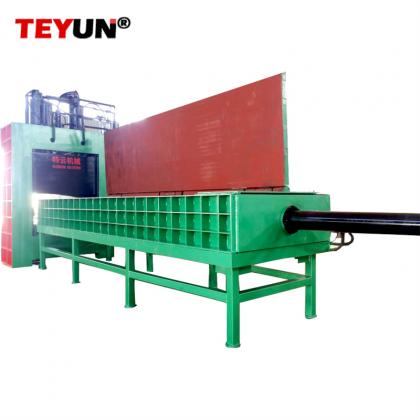

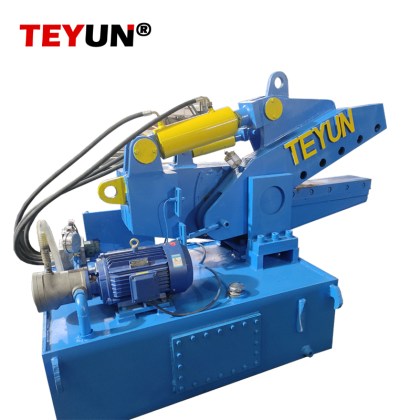
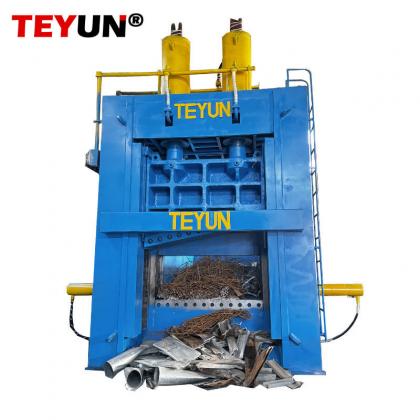
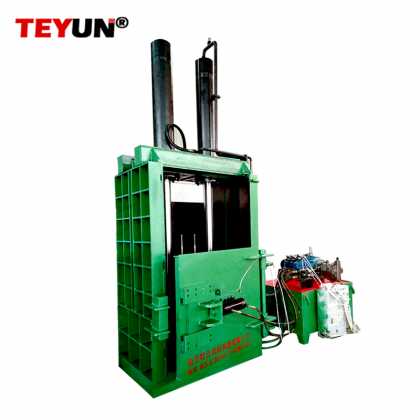
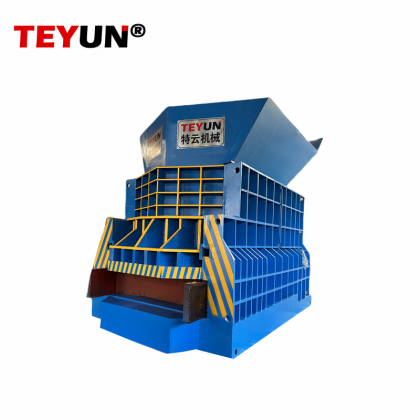
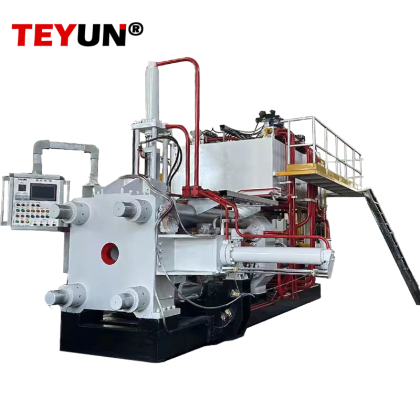
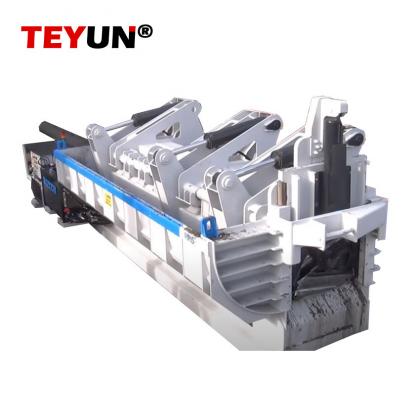
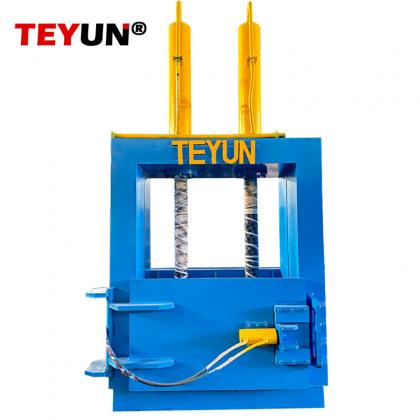









 IPv6 network supported
IPv6 network supported